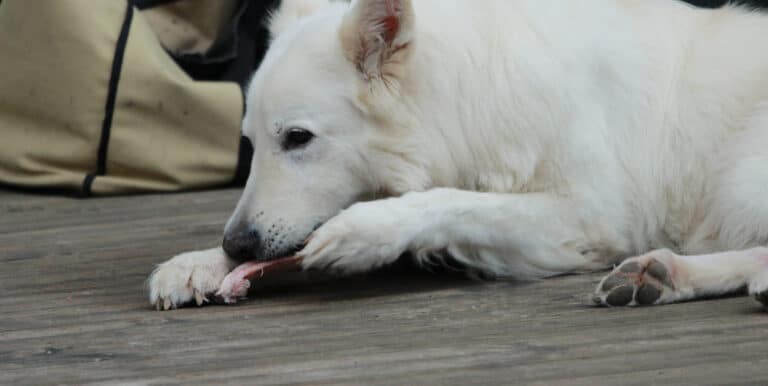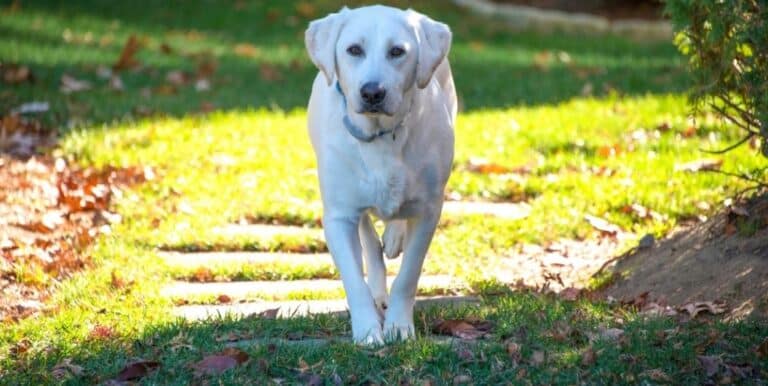What Should I Know About Caring for a Pregnant Dog?

Your pregnant dog has some special needs during her pregnancy. Most dogs are able to progress through pregnancy with just a little extra attention. The typical dog pregnancy lasts about 63 days, and if your dog’s pregnancy is a surprise, you’re unlikely to notice at first. If you suspect your dog is pregnant, you should get her to the vet for a checkup, to be sure she is in good health and to determine due date.

A pregnant dog has some different nutrition requirements, although you shouldn’t give her supplements unless a vet recommends them. Instead, continue to feed her regular food for about the first six weeks. Thereafter she may require more food, about one and half times normal, and you may want to gradually mix in small breed puppy food, though some vets suggest that well balanced dog food is still appropriate. Toward the end of pregnancy, you should plan on feeding smaller meals more often, since the dog may not comfortably be able to eat the same volume of food at one feeding session.
Unless otherwise recommended by your vet, your pregnant dog still needs exercise everyday. Don’t put her through agility training while she’s pregnant, but taking a walk each day and quiet play are usually perfectly suited to her. It’s a good idea not to let a pregnant dog become overweight as a result of pregnancy because this may complicate labor and delivery.
Another reason your pregnant dog needs a visit to the vet is to deal with any issues of pest control. It is better to get rid of fleas, ear mites or the like before puppies are born. Routinely very young puppies and nursing dogs should not be treated with flea treatments. Your vet will have several options to treat these things before the puppies arrive so they aren’t exposed to pests or to chemicals that treat pests.

Pregnant dogs may have made up their own minds about where they will labor and deliver their puppies. To avoid having the dog in places where it might be difficult to access her or her puppies, choose a darker, not very drafty location where you can place comfortable washable bedding. Plan on putting this bedding out a few weeks before labor will begin and encourage the dog to use it by offering a few treats. Keep water and food nearby this bedding so that when she has her pups, she’ll be able to get to it easily.
Some purebred dogs of certain breeds have difficulties when they labor. Talk to your vet about the need to potentially schedule a caesarian delivery rather than allowing a pregnant dog to labor at home. If the dog can labor at home, make sure you have the number of a vet who can make a house call if needed. Be sure to get instructions from the vet on what signs you should look for that would suggest labor is not progressing appropriately or that your dog is showing signs of distress.






